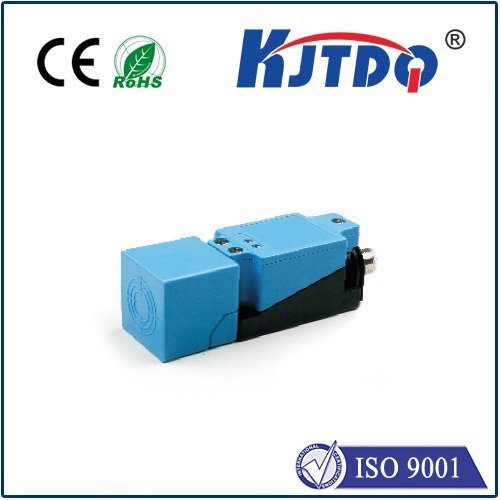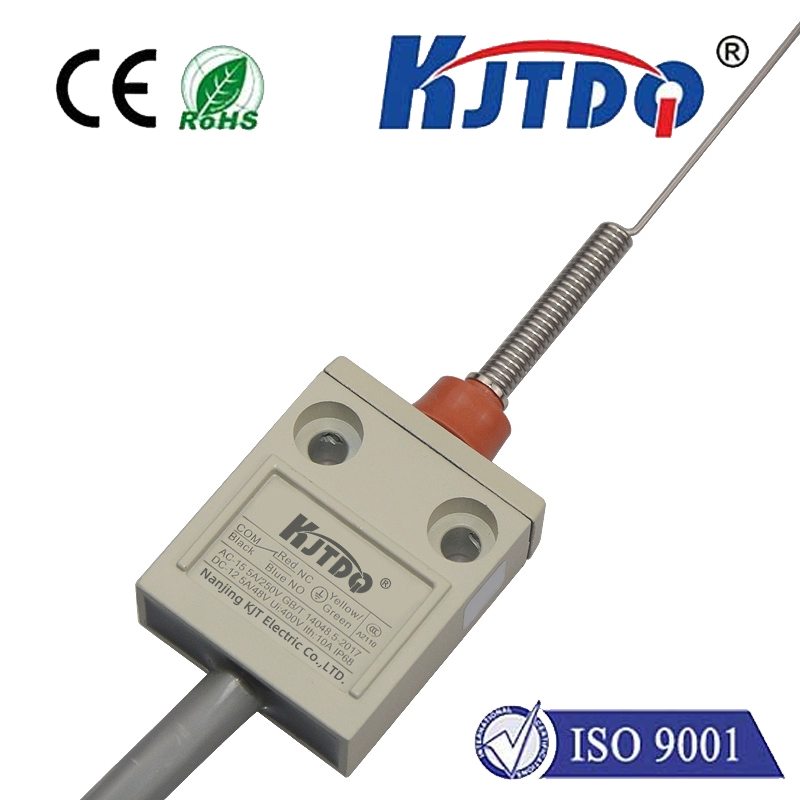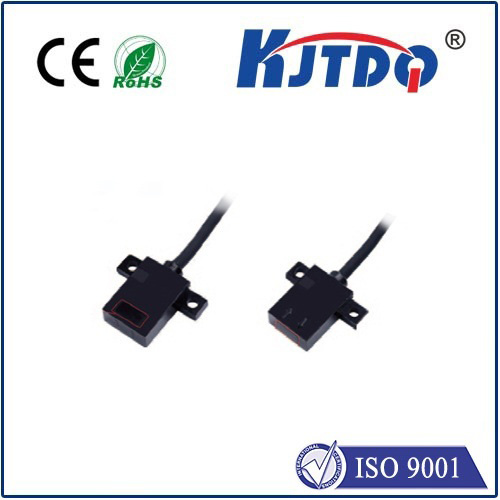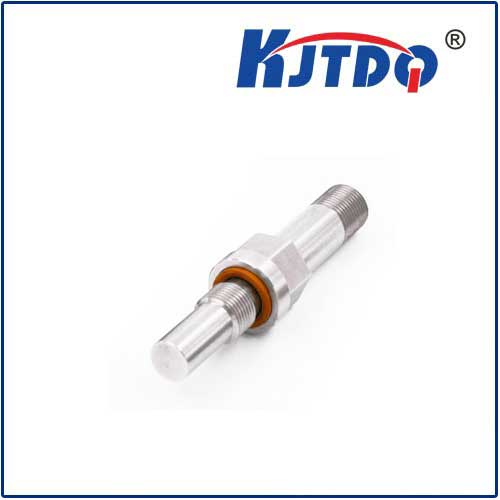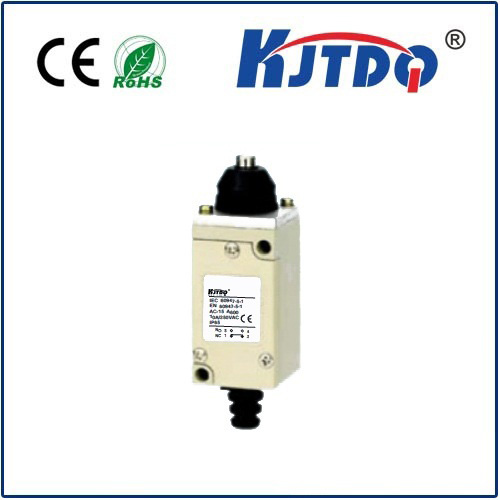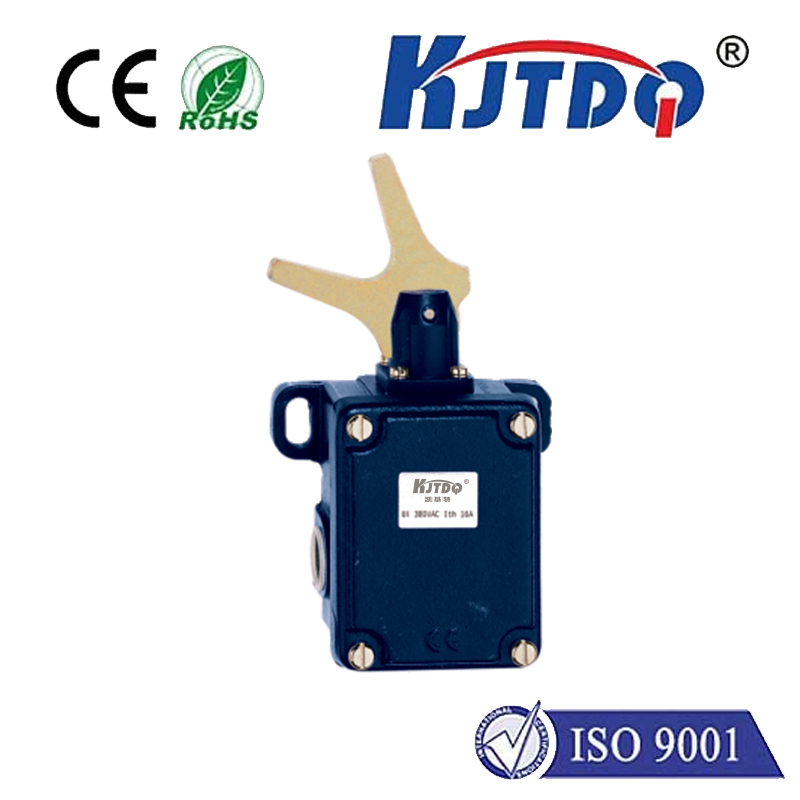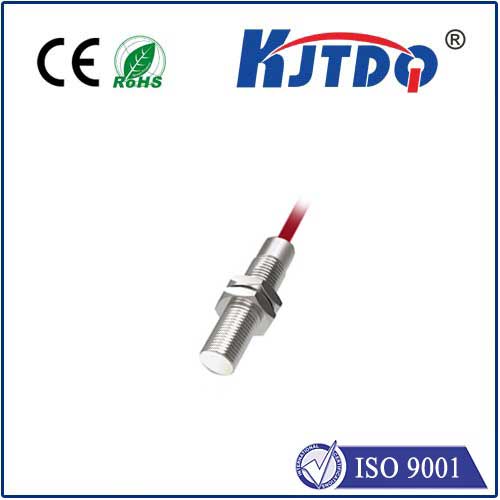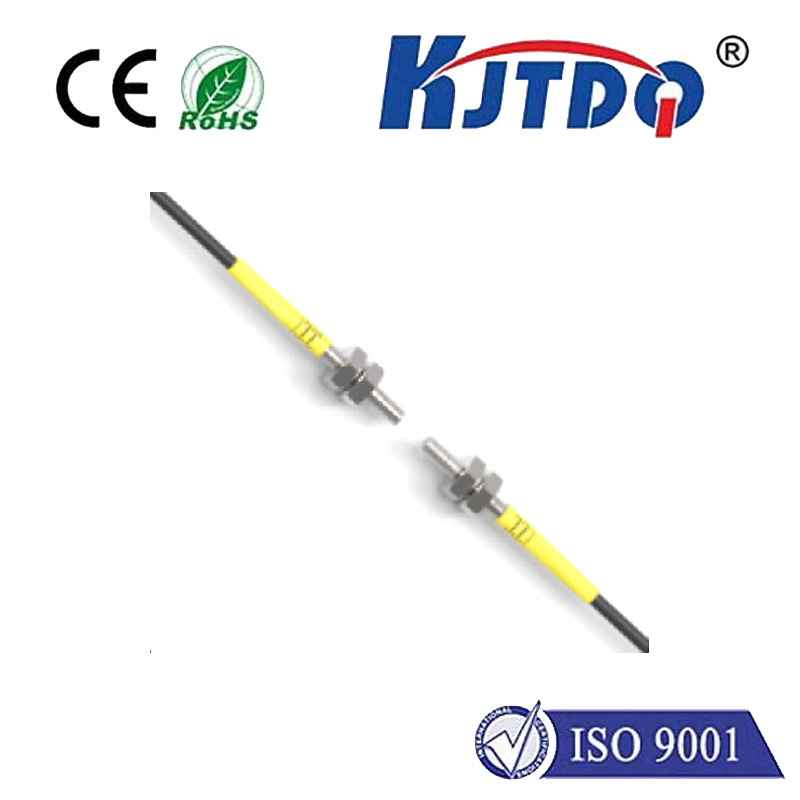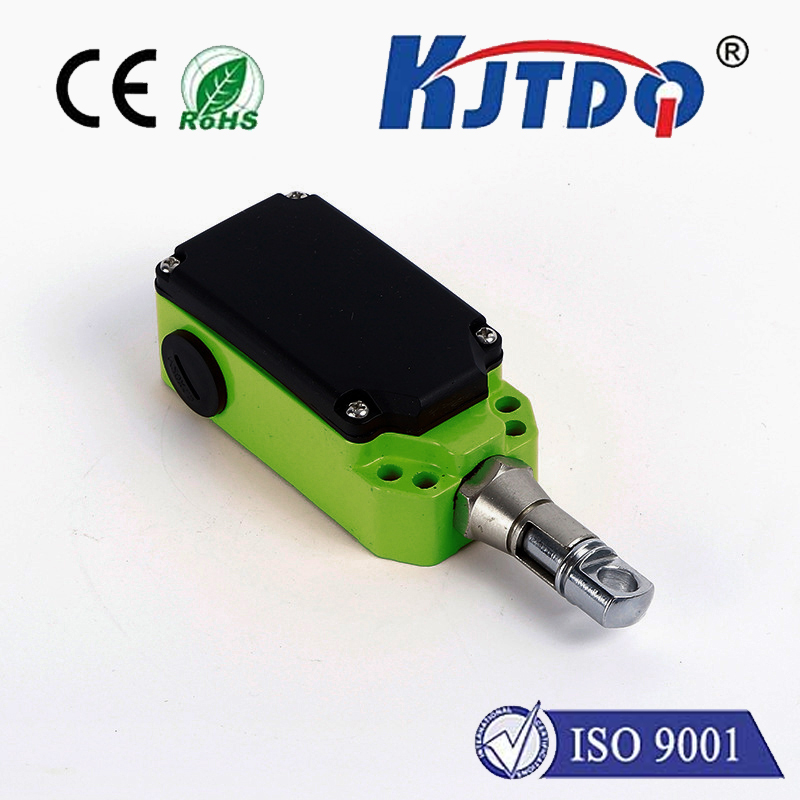
check

check

check

check
Title: The Revolutionizing Role of Laser Doppler Velocimeters in Modern Technology
Introduction:
The rapid advancements in technological innovation have led to the development of various devices that have changed the way we live, work and interact with our environment. One such device is the laser Doppler velocity sensor, which plays a critical role in various industries, including transportation, aerospace, and medical research. This article explores the significance of laser Doppler velocity sensors and their impact on modern society.
Section 1: Understanding Laser Doppler Velocimetry (LDV)
Laser Doppler velocimetry (LDV) is a non-invasive, high-resolution imaging technique that uses a laser to measure the velocity and direction of particles or fluids in a continuous flow. This technology provides accurate measurements of both gas and liquid velocities, making it an invaluable asset in numerous applications.

Section 2: Applications of Laser Doppler Velocimetry
a) Industrial Processes: In industrial processes such as oil and gas exploration, LDV is used to monitor the flow of fluids in pipelines and reservoirs. It helps to detect leaks, optimize performance, and improve safety standards. Additionally, LDV is employed in refineries to control fluid dynamics and maintain optimal operating conditions.
b) Transportation: LDV is extensively used in the aviation and shipping industries to monitor air and water flow. For instance, in aircraft engines, LDV sensors help to optimize fuel consumption by providing real-time data on engine performance. In marine applications, LDV sensors are used to track the movement of ships and ensure safe navigation.
c) Medical Research: In medical research, LDV is used to study the cardiovascular system by measuring blood flow velocity and pressure in arteries. This information is essential for developing new treatments for heart diseases and improving patient outcomes.
Section 3: Advantages of Laser Doppler Velocimetry over Traditional Techniques
a) Non-Invasive: Unlike traditional techniques like ultrasound imaging, which require physical contact with body tissues, LDV does not cause any damage to the patient's organs. Therefore, it is widely accepted in clinical settings without causing any side effects.
b) High Resolution: LDV offers high-resolution imaging capabilities, making it possible to detect even small changes in velocity or direction. This makes it an ideal tool for analyzing complex fluid dynamics and detecting subtle abnormalities.
c) Real-Time Data: LDV systems provide real-time data, enabling quick decision-making and efficient problem resolution in emergency situations. This capability is particularly valuable in industrial settings where timely interventions can prevent catastrophic accidents.
Conclusion:
Laser Doppler velocimetry has emerged as a critical technology in modern society due to its versatility, accuracy, and real-time capabilities. Its applications span across various industries, including transportation, aerospace, and healthcare, where it plays a crucial role in enhancing efficiency, safety, and productivity. As technology continues to evolve, we can expect LDV to remain at the forefront of innovation, driving progress and shaping our future.
